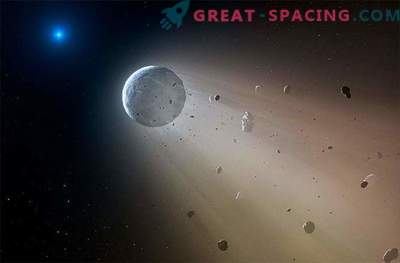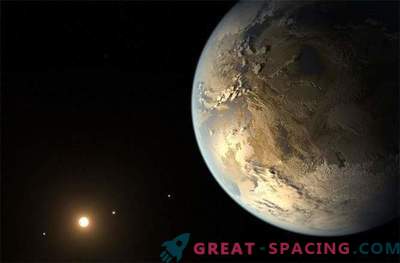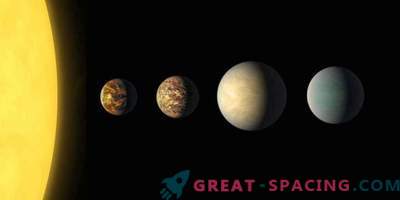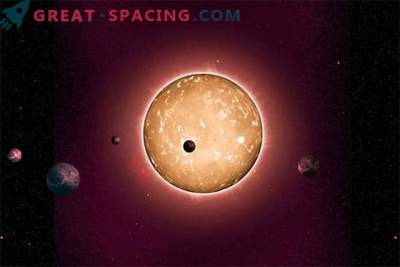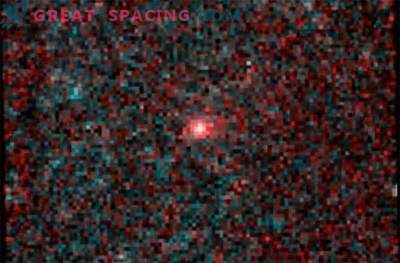
The NASA's Kepler Space Telescope made its first discovery, which resulted in two of the four stabilization flywheels of the Exoplanet mission being saved from premature death.
“Last summer, we lost the opportunity for the productive work of the Kepler mission, which was due to some technical problems,” says Paul Hertz, astrophysicist, director of NASA's department in Washington, DC. “Today, thanks to a number of innovative ideas and the hard work of the entire NASA team, Kepler can deliver the first candidates for Universe research with the help of the James Webb Space Telescope. This will help to get an idea of the atmosphere of distant worlds and to search for life signatures!
During its main mission, Kepler remained stable thanks to four working flywheels. This allowed him to conduct extremely accurate observations from one limited region of the sky along the Cygnus Arm in the Milky Way. With his unblinking eye, he kept tens of thousands of stars in sight.

Exoplanet HIP 116454b in the eyes of the artist During his campaign, “Kepler” discovered a small blackout of stars, which is caused by hundreds of exsoplanets passing in transit in front of stellar bodies. After seeing a huge number of transits, Kepler was able to identify and characterize some of the most fundamental discoveries of our time.
Unfortunately, in May 2013, Kepler encountered some technical difficulties that temporarily destabilized it. That is why he could not continue his work in this heavenly region. However, this did not prevent the mission engineers to develop a new direction, which allowed them to significantly expand the search capabilities for Kepler.
Instead of remaining motionless, studying only one celestial region, at the beginning of the current year, “Kepler” was given the task of studying different parts of the Milky Way in the plane of the solar system. Similar studies are conducted on the Earth’s orbit around the Sun. To maintain its stability during the mission, the mission’s engineers turned to the Sun for help. They decided to use the constant pressure of photons from the sun's rays, which can act as a counterweight! In February 2014, the first research results were collected and analyzed. Andrew Wandderburg, a graduate student at the Harvard-Smithsonian Center for Astrophysics in Cambridge, Massachusetts, voiced the findings.
It was found that the first of the open exoplanets called “K2” and labeled HIP 116454b has a diameter twice the diameter of the Earth. Around her star, she makes a revolution in just 9 days. And from our planet it separates 180 light years towards the constellation Pisces.
“We learned that there are planets larger than Earth and smaller than Neptune, but they are not in our solar system,” said Steve Howell, a project researcher and scientist at the NASA Research Center. Ames in Moffet Field, California. “Planet K2 is in a unique position that allows you to get the most accurate understanding of such space bodies, to define the essence of alien worlds, to determine the boundary between rocky worlds similar to the Earth, and ice giants similar to Neptune.”
